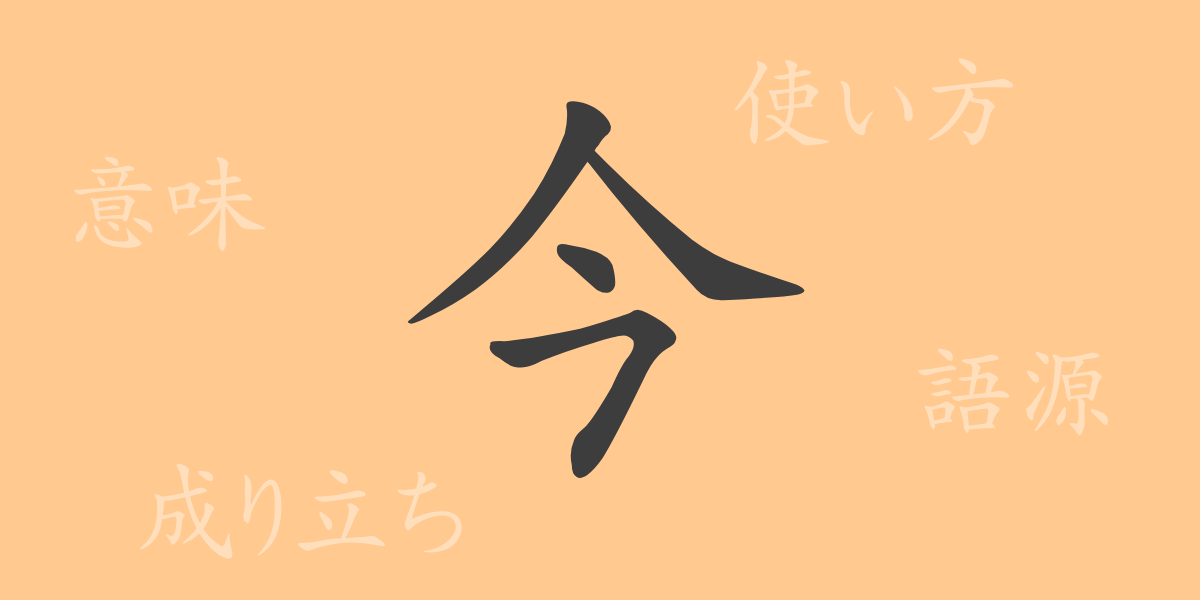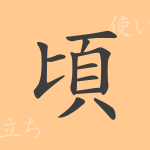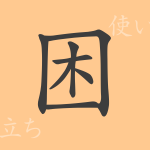Time flows like a river, constantly moving forward, and within it, the moment we call “now” is always new and ever-changing. The commonly used kanji “今(いま, ima)” is deeply rooted in our daily lives and is essential for grasping the concept of time. This article delves into the charm of the character “今(いま, ima),” exploring its origin, meaning, usage, and cultural background. For those seeking a deeper understanding of Japanese, this single character may open up new insights.
Origin of 今(いま, ima)
The kanji “今(いま, ima)” evolved from ancient Chinese pictographs. Initially, it did not mean “now” but represented a physical object. Over time, it came to signify “the present.” The transformation of this character into its current form tells a story of linguistic evolution.
Meaning and Usage of 今(いま, ima)
The kanji “今(いま, ima)” means “the present” or “this,” used to indicate time or situations. Its role in sentences is diverse, with its nuances subtly changing depending on the context. Let’s look closely at how “今(いま, ima)” is used in the Japanese language.
Reading, Stroke Count, and Radical of 今(いま, ima)
The simplicity of the kanji “今(いま, ima)” makes its reading and structure fundamental knowledge.
- Reading: The on’yomi (音読み) is “コン(こん, kon),” and the kun’yomi (訓読み) is “いま(いま, ima).”
- Stroke count: “今(いま, ima)” consists of 4 strokes.
- Radical: The radical is “人(ひと, hito),” but “今(いま, ima)” is also treated as an independent character.
Idioms, Phrases, and Proverbs Using 今(いま, ima)
The kanji “今(いま, ima)” appears in various idioms, phrases, and proverbs. These expressions highlight the importance of “今(いま, ima)” in the Japanese language. Here are some examples along with their meanings.
Conclusion on 今(いま, ima)
Have you felt the multifaceted charm of the kanji “今(いま, ima)” through this article? This character, which holds a significant position in the Japanese language, not only points to time but also deeply connects with culture and thought. Remembering its profound meaning every time you see “今(いま, ima)” can inspire you to cherish the present moment.

























